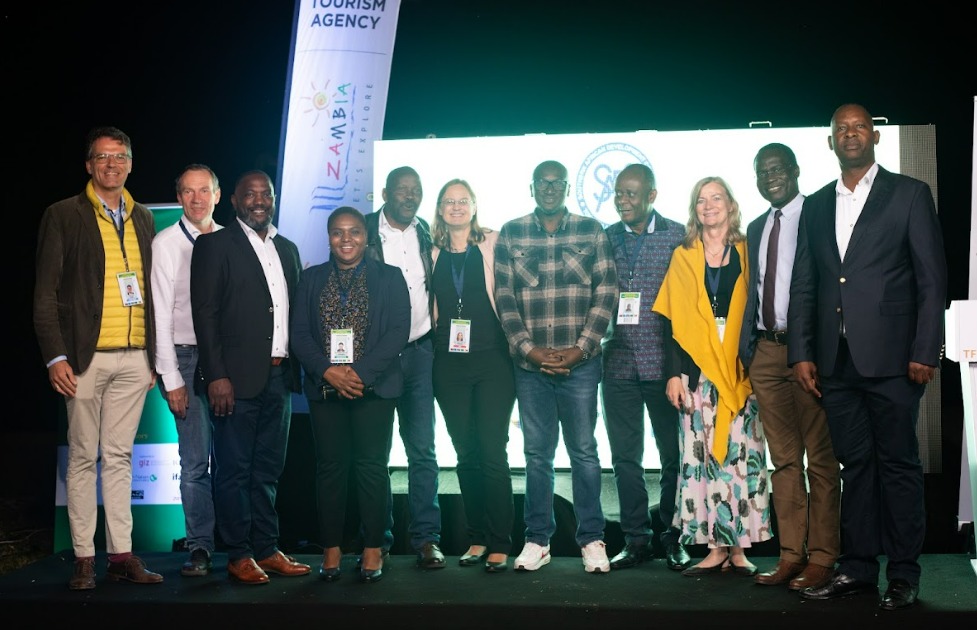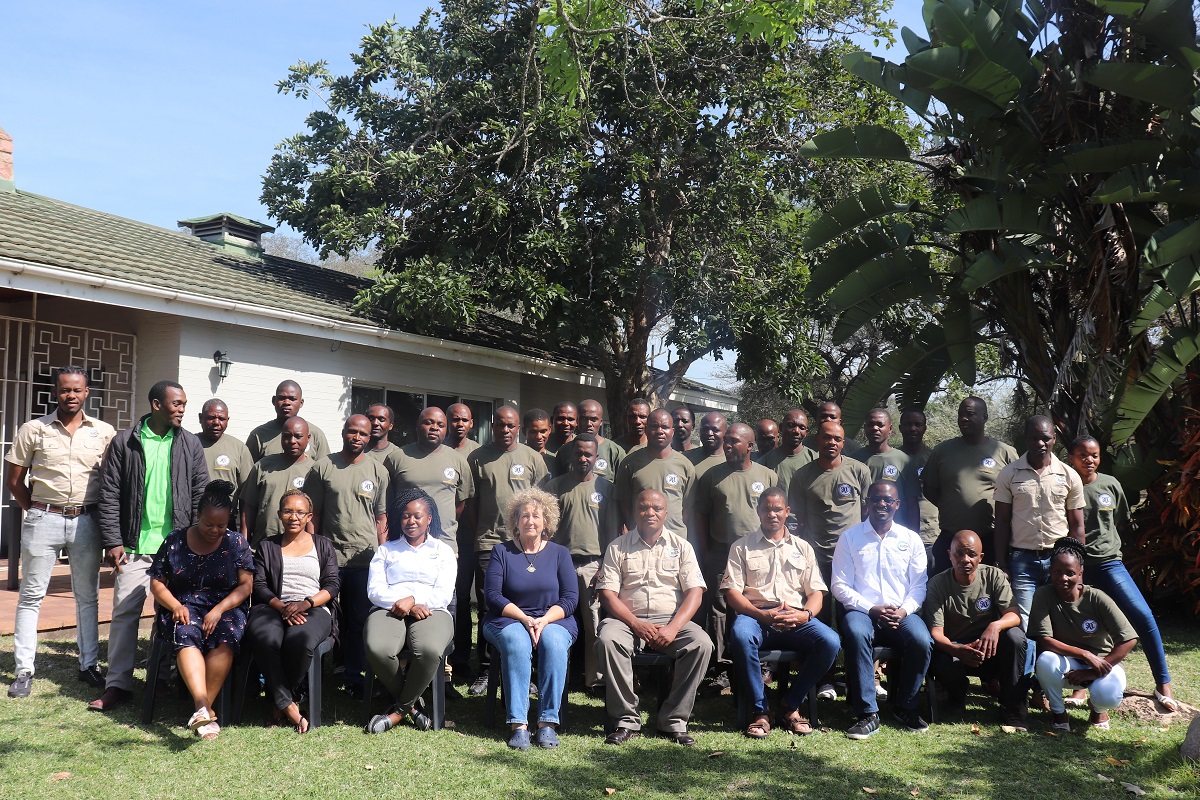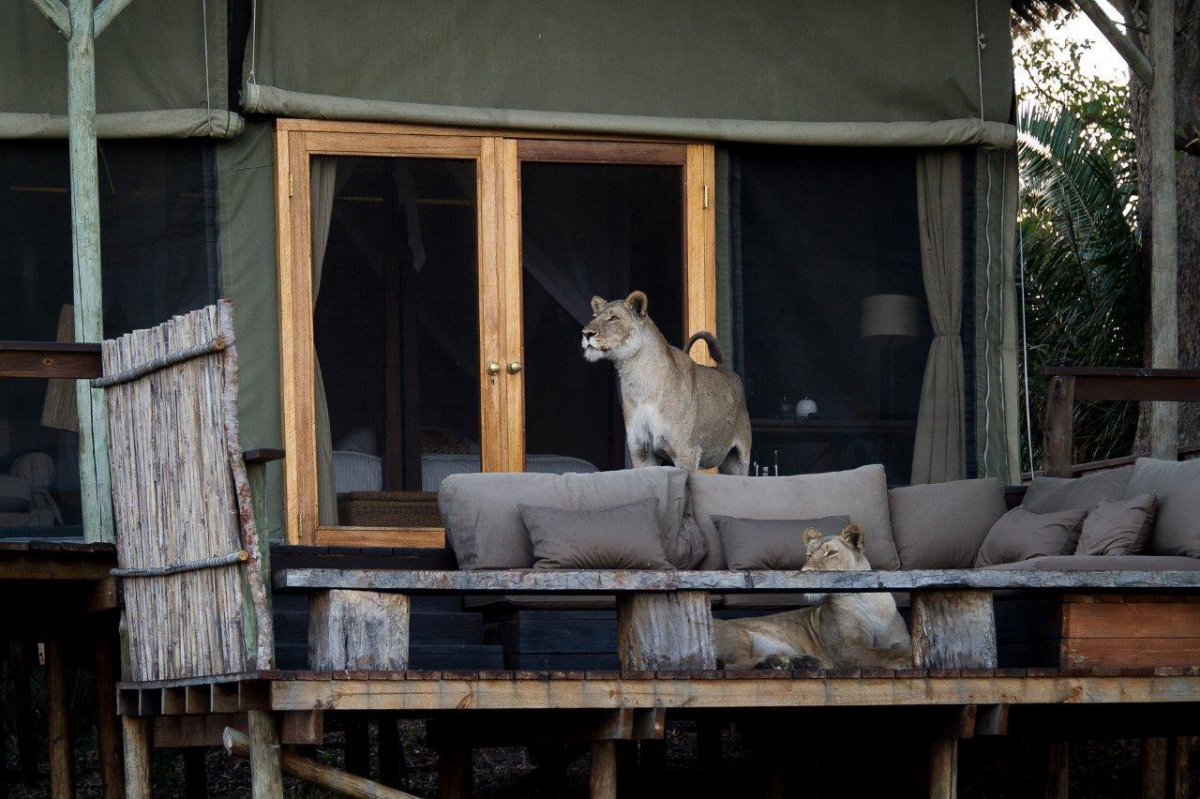In the spectacular wilderness of Zambia’s North Luangwa National Park, elephants, lions and African wild dogs are thriving. So too are black rhinos, reintroduced here following earlier national extinction. In December 2022, North Luangwa (which is managed in partnership by Frankfurt Zoological Society and the Zambia Department of National Parks and Wildlife) became the sixth site in Africa to join the IUCN Green List of Protected and Conserved Areas. Four other sites in Zambia are currently working towards achieving IUCN Green List certification.
The IUCN Green List of Protected and Conserved Areas helps conservationists achieve long-term positive impacts through the Green List Sustainability Standard, which provides a global benchmark for tackling our biggest environmental challenges. Any protected or conserved site can work towards achieving the Standard. Upon reaching it, they receive a certification which verifies they are achieving fair and effective long-term results for nature and communities.
While the better-known IUCN Red List tracks threats to our planet’s biodiversity, the Green List offers what IUCN’S Trevor Sandwith, Director of the Centre for Conservation Action, describes as a “sense of hope, capacity and community”. He says that the Green List is “built on a tradition of millennia, where human beings have conserved nature because it’s important for the culture, their language, their identity, their biodiversity and for ecosystem services”.



